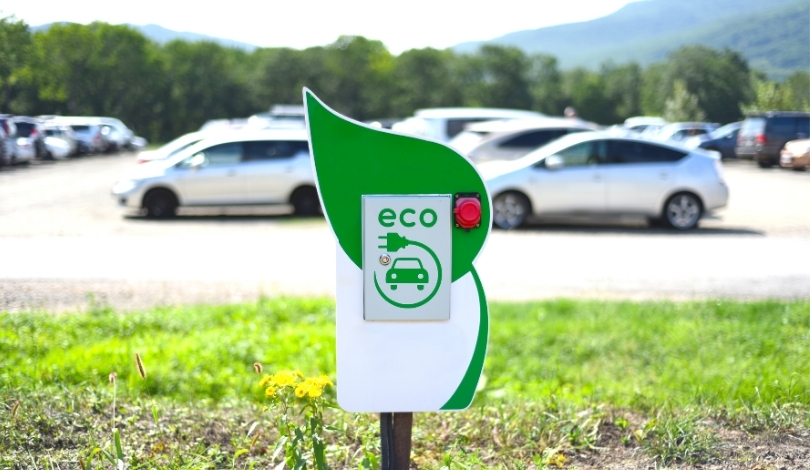Consumers in China have grown accustomed to high-performance electric vehicles, with brands like Xiaomi SU7 Ultra making rapid acceleration widely accessible. The country’s rapid shift from combustion-powered cars to electric vehicles has spurred innovation, but it has also brought new challenges to road safety. Authorities are now closely reviewing the risks posed by the impressive acceleration capabilities of modern EVs. While these concerns have grown recently, some observers argue that early regulatory actions could help prevent future incidents and improve overall road safety for all drivers.
Why Are Acceleration Restrictions Being Considered?
The Ministry of Public Security has released a draft regulation proposing a minimum 0–100 km/h acceleration time of five seconds for all passenger vehicles, including both fully electric and plug-in hybrid models. This measure is being considered due to an observed increase in traffic accidents involving electric vehicles that can reach high speeds rapidly, which officials link to inexperienced drivers struggling with sudden torque. The proposal is open for public feedback until January 10, 2026.
How Have Manufacturers Responded?
Industry stakeholders, including leading automakers and electric vehicle brands, have started to adapt their strategies in reaction to the pending proposal. While some see this as a challenge to their marketing of high-performance models, others recognize the need to address safety and driver skill. Xiaomi, which recently launched the performance-oriented SU7 Ultra, has maintained that user experience and road safety are vital considerations.
“Ensuring safe operation of our electric vehicles is a top priority,” a Xiaomi spokesperson stated.
What Impacts Might Consumers Face?
If implemented, the regulation would require all passenger vehicles to default to a mode that limits rapid acceleration. Drivers seeking the full performance capabilities of their vehicles would need to actively select enhanced modes, which authorities believe will encourage greater awareness and caution among motorists. This approach aligns the initial driving feel with the vehicles used in driver training, which typically cannot achieve high acceleration.
“We want to reduce unintentional acceleration accidents and make roads safer for everyone,” an official from the Ministry of Public Security was quoted as saying.
Several months ago, discussions focused mainly on driver education and stricter licensing, with little mention of mechanical limits on vehicles. Public debate was centered on balancing innovation with responsible driving, as high-powered EVs from brands such as Tesla and Xiaomi entered the mainstream. The new proposal represents a shift in thinking, with policymakers targeting vehicle design as well as driver behavior to prevent accidents. This move follows mounting concerns about the readiness of new drivers to handle fast-accelerating cars and the increasing frequency of accidents involving electric vehicles.
Mandating default slow acceleration modes for electric vehicles in China introduces a significant shift both for manufacturers and consumers. Automakers will need to redesign user interfaces to include clear performance mode selections, ensuring drivers consciously access higher power. For buyers, especially those drawn to fast EVs like the Xiaomi SU7 Ultra, the experience will become more regulated but possibly safer. While some drivers may see the requirement as limiting, the context of recent accident trends indicates that a more gradual introduction to high-powered vehicles could save lives. Other major EV-producing countries may watch the outcomes of this policy closely when considering their own approaches to balancing performance and public safety.








